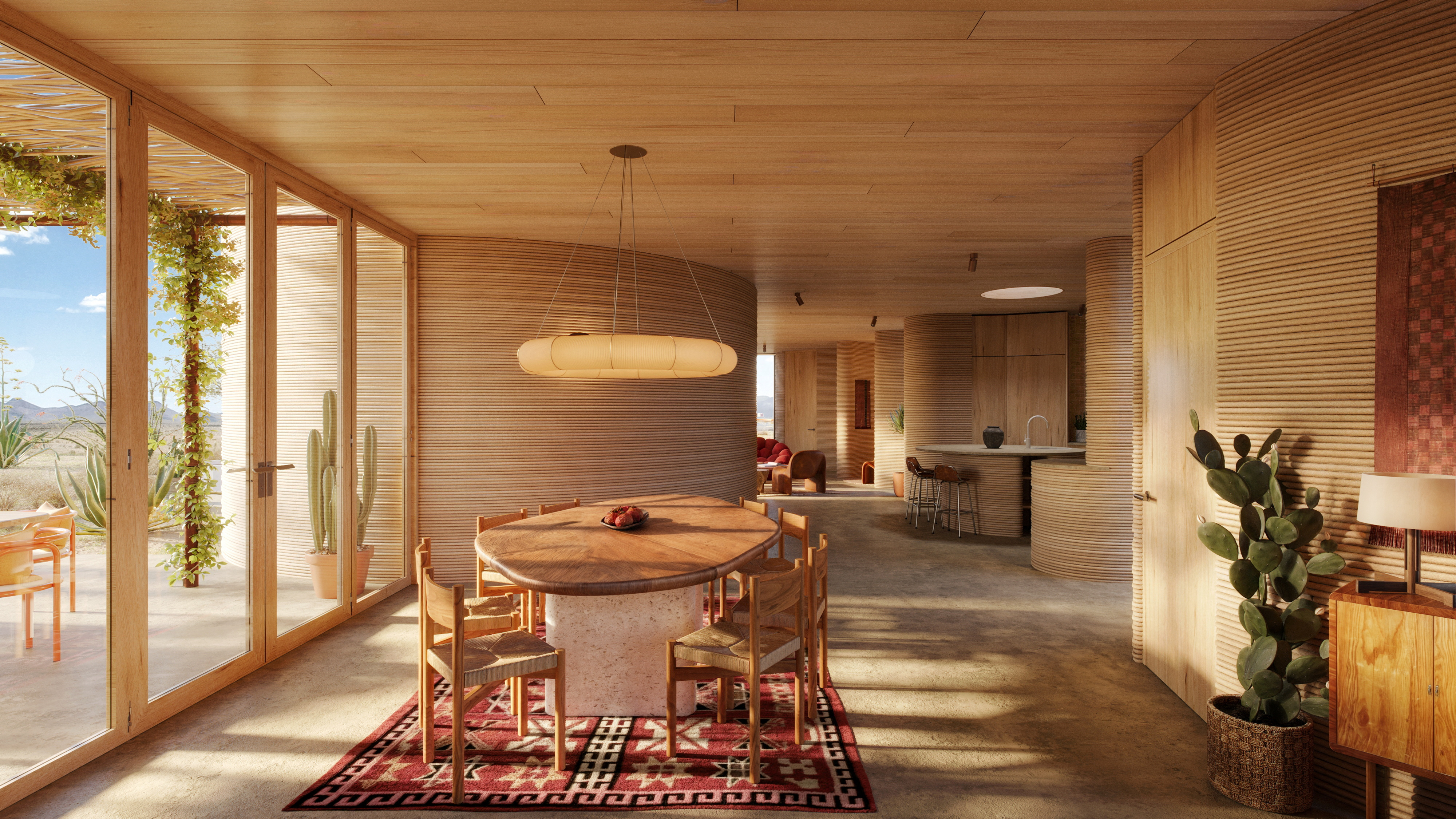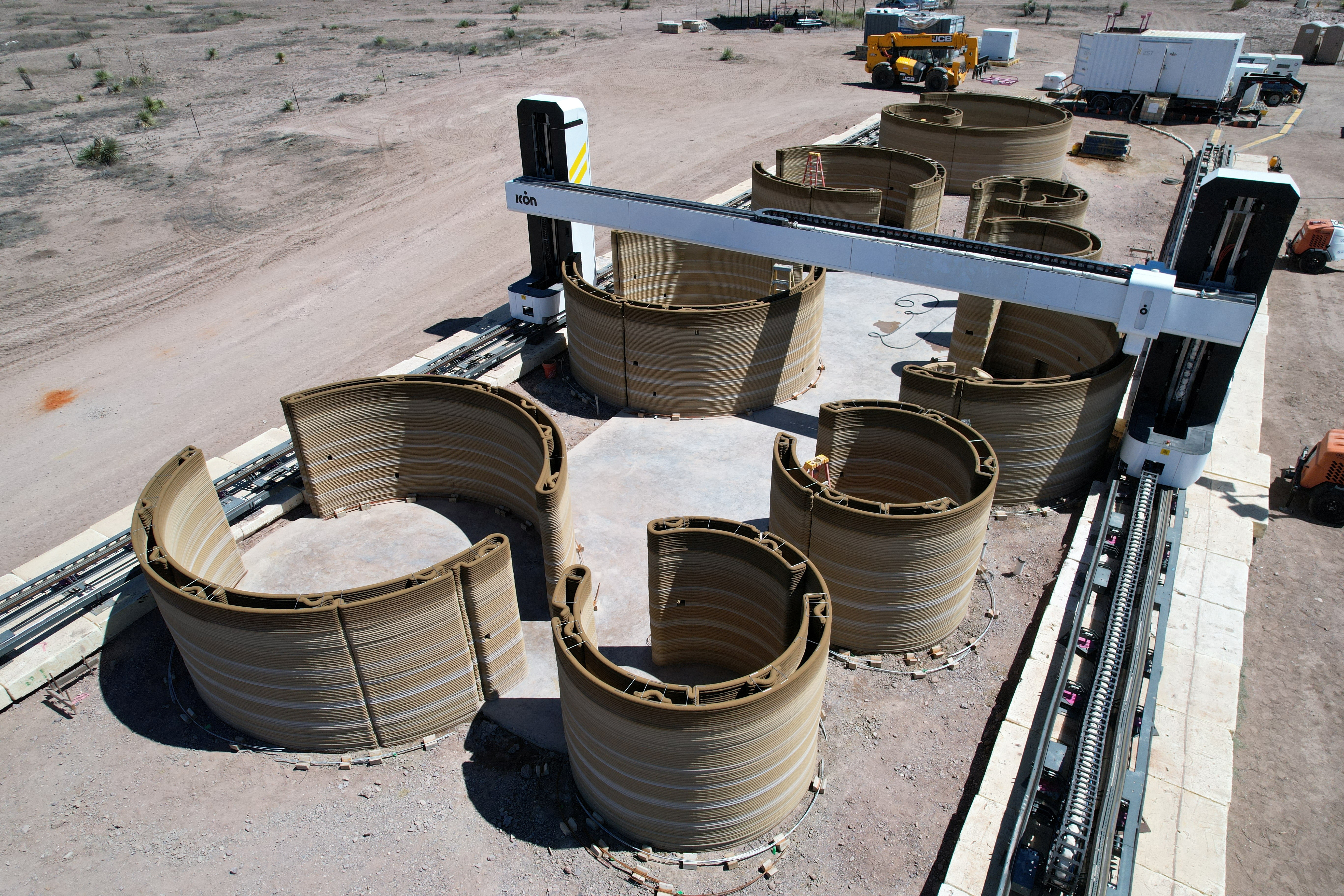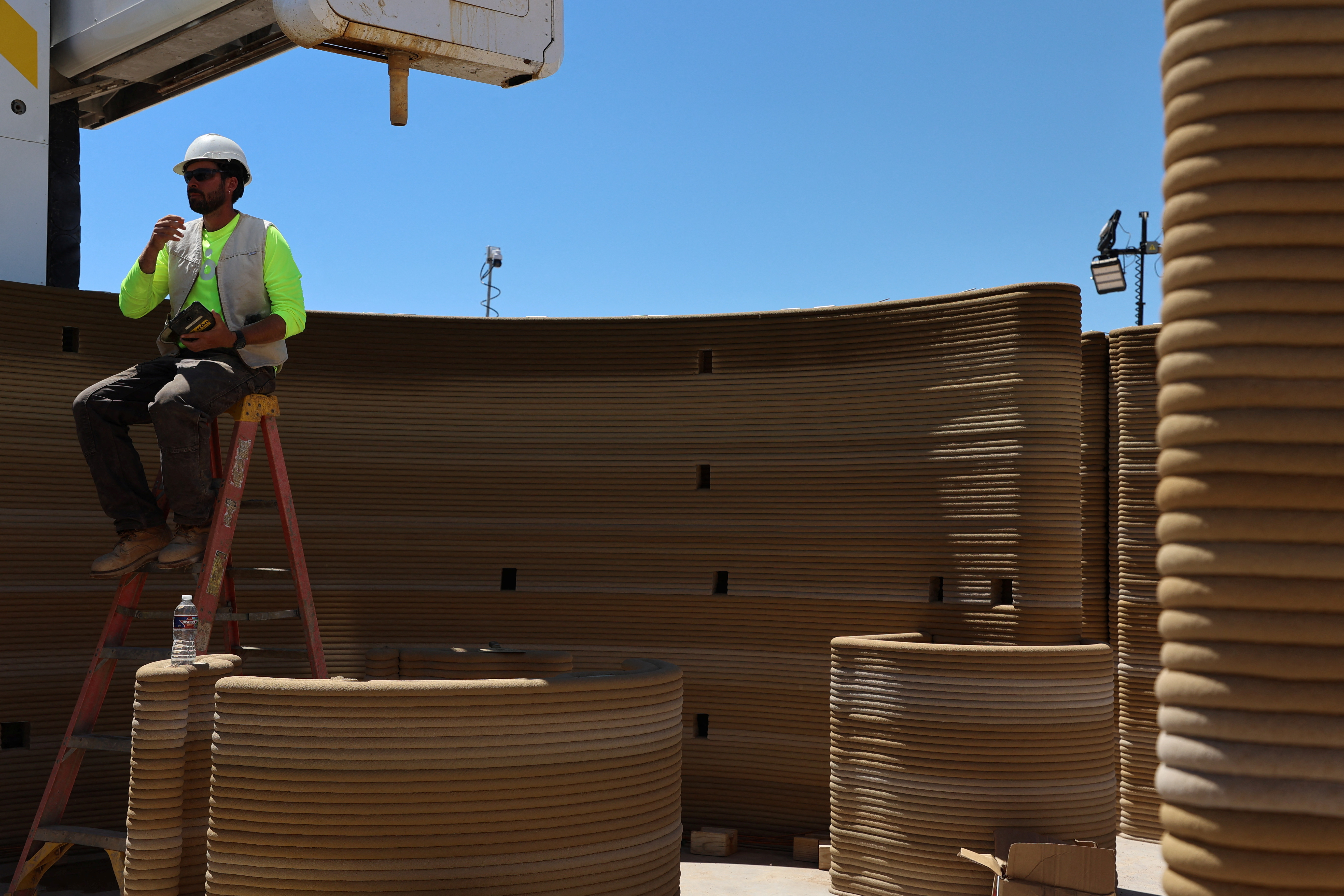World’s first 3D-printed hotel being built in Texas
Vulcan printer, standing at 4.7 metres tall, with a 14.2-metre width, uses proprietary cement mixture called Lavacrete
1727415416-0/Untitled-design-(43)1727415416-0-640x480.webp)
El Cosmico, a unique hotel and campground in the Texan desert town of Marfa, is making history with the construction of the world’s first 3D-printed hotel.
Partnering with 3D printing company ICON and architects from the Bjarke Ingels Group, the project will feature 43 new hotel units and 18 residential homes spread over 60 acres.
Using cutting-edge 3D printing technology, the expansion is expected to be completed by 2026, setting a new standard for creative and sustainable construction in hospitality.
Led by Austin-based company ICON and designed by the Bjarke Ingels Group, the project aims to redefine architectural creativity.
El Cosmico’s owner, Liz Lambert, highlighted the unprecedented flexibility of 3D printing, allowing for unique curves and structures that would be cost-prohibitive with traditional building methods.
"Most hotels are contained within four walls and a lot of times you are building the same unit over and over and over again," Lambert said. "I've never been able to build with such little constraint and such fluidity ... just the curves, and the domes, and the parabolas. It's a crazy way to build."
The initial units, featuring 3.7-meter high single-story walls, include a three-bedroom residence and a single-room hotel.
The Vulcan printer, standing at 4.7 meters tall and with a 14.2-meter width, uses a proprietary cement mixture called Lavacrete, tailored for the desert’s varying climate.
ICON’s CEO, Jason Ballard, explained that the 3D printing process requires continuous adjustments based on weather conditions, ensuring the material’s strength and durability.
While this technology opens new doors for innovative construction, experts like Milad Bazli warn that it could impact skilled labor jobs in remote areas.
A print technician monitors Vulcan as its robotic arm and nozzle glide through the work site on a gantry.
The "ink" of this 3D printer is a special cement-based material called Lavacrete, a proprietary mixture designed for strength, affordable scale, and printability. ICON CEO and founder Jason Ballard said workers adjust and blend the ingredients based on weather conditions.
"The magic happens in the admixtures that allow us to continue printing," Ballard said, adding that humidity, temperature, and irradiance affect the material's behavior and even the final color.

Set to be completed by 2026, the hotel will offer rooms ranging from $200 to $450 per night, showcasing how 3D printing could shape the future of hospitality and housing in challenging environments.

In the long term, 3D-printed construction could displace some skilled laboring jobs, said Milad Bazli, a science and technology lecturer at Charles Darwin University in Australia.

"I think from the social point of view and the effect on the economy in terms of the local jobs, especially in remote areas, that will be one of the challenges that we need to consider when we're going to the 3D printing method," Bazli said.
The expansion of El Cosmico is set to be completed by 2026. The hotel units will range between $200 and $450 per night.


















COMMENTS
Comments are moderated and generally will be posted if they are on-topic and not abusive.
For more information, please see our Comments FAQ